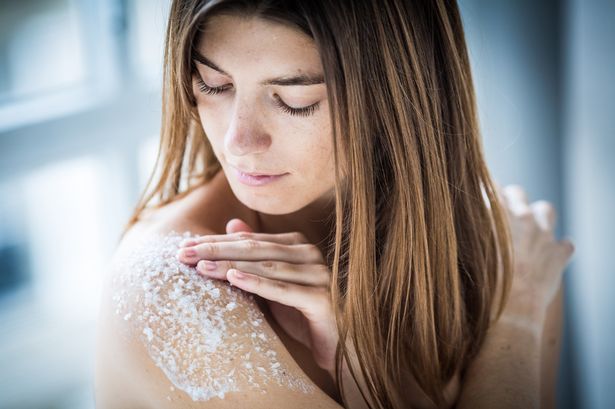Mirror: Everything you need to know about the little particles wreaking havoc on the environment and your skin.
If you've ever used a face scrub, an exfoliating body wash or even just toothpaste, then it's almost certain that you've come across the topical little beads that have the nation battling for a ban.
So if you're baffled as to why they're causing such a stir, then here's everything you need to know, and why you should probably ban them from your bathroom as well...
What are they?
'Microbeads' are tiny plastic beads used in the cosmetics industry for exfoliation purposes. In shower gels, you might see colourful ones floating in the gel, or they may be hidden in products you wouldn't even think about.
They're cheap to make since they're made from plastic, and have been around for ages - though it's only really been in the past few years that all the bad implications of using them have come to light.
Why are they bad for the sea?
Since the beads are too small to be filtered by the sewage system, they get washed into rivers and oceans, where they absorb toxins and get eaten by fish and other animals. This could either kill them or contaminate them.
Why are they bad for my skin?
"Although a popular ingredient, I would recommend against using products that contain these plastic beads as you're essentially just rubbing your face with plastic - the same plastic used to make milk bottles and household containers!" says Dr Martin Wade, Dermatologist at London Real Skin .
And that's just on your skin - the beads in toothpaste could have nasty impacts on your gums as well.
What has microbeads in?
They aren't just in shower products - these pesky little beads can also be found in toothpaste, mascara (used for adding volume to your lashes), and suncreams. The only way to be sure is to check the labels before buying anything new.
Annoyingly brands won't just write 'contains microbeads' on their packaging, so you'll need to look out for the science-y names:
*oxidised polyethylene
*polyethylene terephthalate (PET)
*polymethyl methacrylate (PMMA)
*nylon and polypropylene
What are my alternatives?
The frustrating thing is we don't actually NEED to be using them at all - there are some great natural alternatives that give you the exact same results. For exfoliation, try oatmeal or salt-based scrubs, and there are tons of toothpastes out there that don't use the beads - including whitening ones.
Fuente: www.mirror.co.uk
